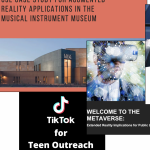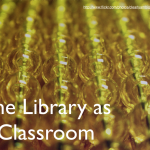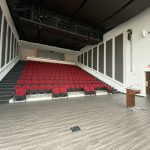Hey all – I have heard from a few of you that our WP site is not liking larger file sizes. Our school IT sets the parameters for security etc. The Inspiration Report requires this: Posting & Submission Publish the report as a PDF (or other media-based artifact) and share it via a post on […]
File Sizes & Inspiration Report










